EAT IN ASIA / Destinations / Other destinations / Europe / Portugal
An ultimate guide to traditional Portuguese sweets - legends, myths and true stories
Tags: PORTUGAL


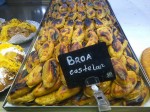
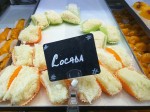
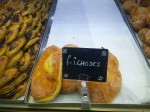


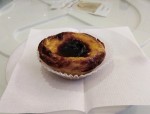
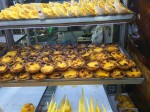
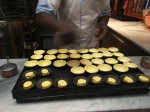
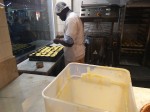
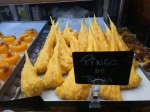
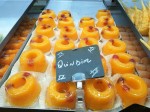
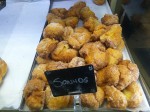
Are you curious, how are they? Are they like what you know from your country? And what do Portuguese eat for a Christmas dessert? Read more and check whether what you thought is right!
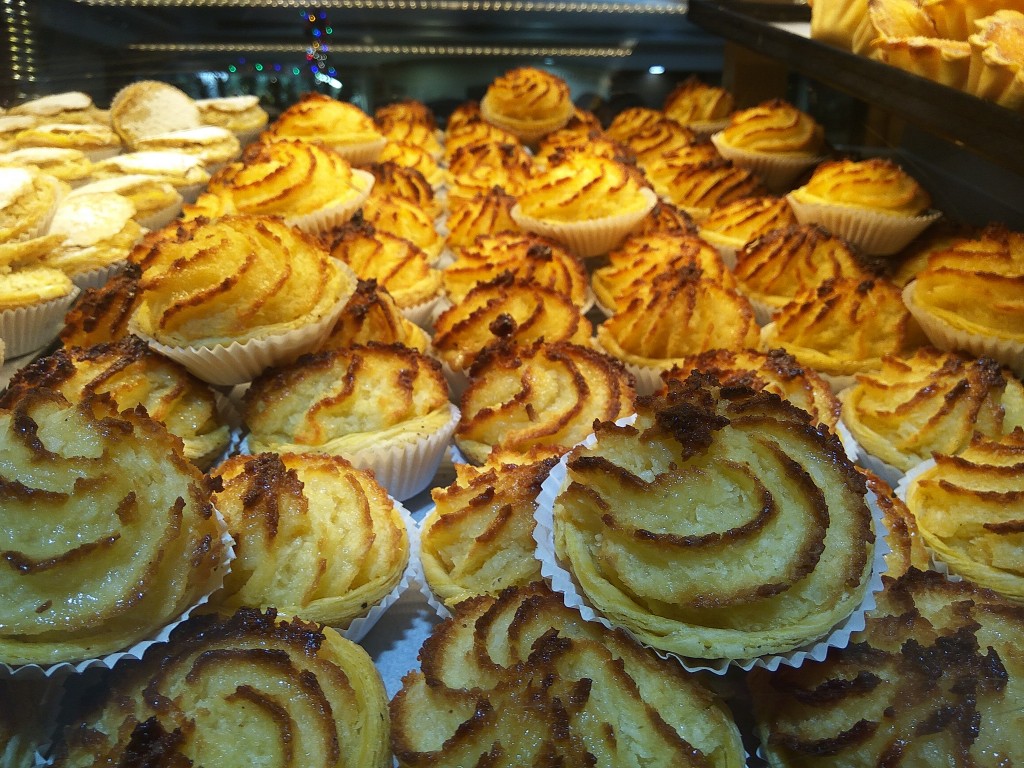
Almost all Portuguese sweets base on three top ingredients: flour, sugar and egg yolks. These deserts are sometimes known as ‘convent sweets’ as they were mainly produced by nuns and monks in monasteries.
Monks were using egg whites for starching religious dressings and for wine clarification. That is why, they needed to find some usage for remaining egg yolks. In this way monastery bakers started inventing different sweets that were using a lot of egg yolks. These yolks are guaranteeing a delicate texture of sweets, that is so loved in Portuguese sweets. At the beginning honey was used as a sweetener. Later, in XVI century, it was replaced by sugar that derived from new plantations in Brazil and on Madera.
Bolas de Berlim

Bolas de Berlim were originally brought by Germans, actually by German Jews, that escaped from Germany during the 2nd World War. However, Portuguese Bolas de Berlim differ slightly from these that can be found in Germany. The sweet, red-fruits filling was replaced by the one, that is number one in Portugal – by crème that basis on eggs, milk and sugar. Apart from that, Portuguese bolas de Berlim are bigger than their German equivalents and are sprinkled with sugar of a finer granularity.
How to make Bolas de Berlim à Portuguesa? Check the recipe: Bolas de Berlim - recipe - How to make it - step by step.
Bolo Rei
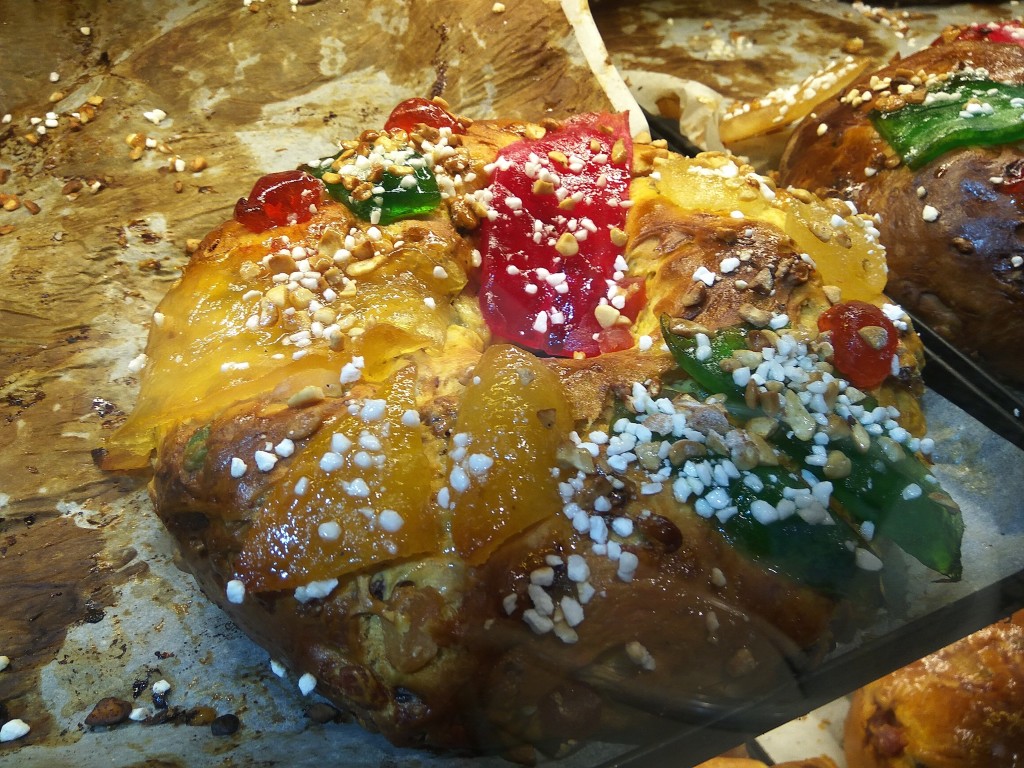
Bolo Rei is one of the most typical Portuguese sweets. It also has a very long tradition. Its history, according to the legend, dates from over 2000 years ago, so to say, when the Jesus Christ was born. The cake represents gifts offered by Three Kings - Casper, Melchior and Balthasar. Gold is represented by the crest; candied fruits represent myrrh and the aroma represents frankincense.
Bolo Rei is a round-shaped pastry with a hole inside. It is made of a soft dough mixed with dried and candied fruits. Traditionally, inside bolo rei were dried beans and a small, metal or ceramic, gift that should guarantee a good luck to the person that found it. Unfortunately, right now, due to the EU regulations, that custom was prohibited, as putting inedible objects into the pastry was considered as dangerous.
The tradition was born in France and originates from XVI century. Originally, Bolo Rei was prepared for the New Years Eve and for the Day of Three Kings. This tradition was continued till the Revolution of 1789, when the pastry was prohibited due to its political incorrectness (referring to the ‘king’). However, despite the prohibition, confectioners kept on producing it and were selling it under another name – ‘gâteau des san-cullottes’. The first time Bolo Rei appeared in Portugal is in 1870. It was made according to the traditional French recipe. However, the sad history was repeated. On 5th October 1910, when the Republic was proclaimed in Portugal, Bolo Rei was once again prohibited, due to its reference to the king, that had already been abolished. The cake was renamed in order not to be in the opposition to Republic’s ideas and finally, during the time being, the original name was reintroduced once again.
How to make Bolo Rei? Check the recipe: Bolo Rei - recipe - How to make it - step by step.
Cocada
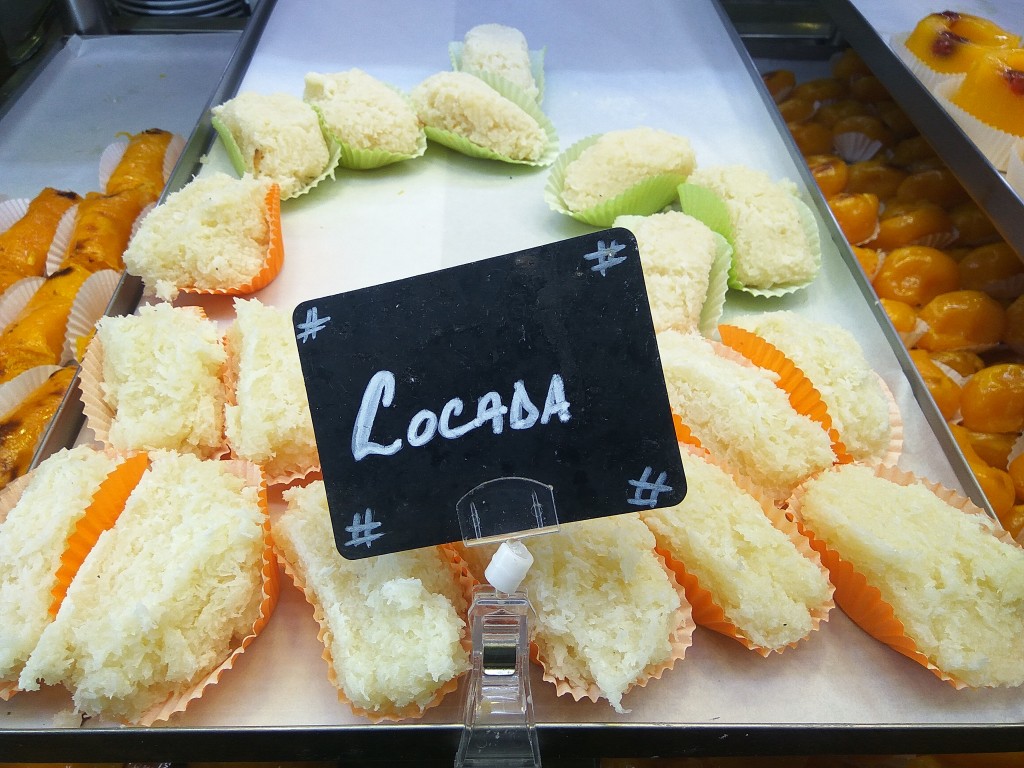
Cocada is a sweet that mainly basis on fresh coconuts, eggs and sugar syrup. The origin of cocadas is unsure. One claim, it arrived from Africa with slaves, that were working on big sugar cane farms. During nights they used to gather and spend time together on dancing and singing. For these evenings they were preparing meals and candies to sweeten their existence. As there was abundance of molasse and cane, they started mixing it with fruits and coconuts, and then were making delicious desserts.
Cocadas are prepared from fresh coconuts that are freshly picked from the tree. The nut, after crushing its shell, is being shredded. In the meantime, a sugar syrup is being prepared. As soon as the syrup is thickening, the coconut is added.
Cocadas can vary from shop to shop, and from one producer to another. Depending on the way the coconut was previously shredded (weather shreds are smaller or bigger), what kind of sugar was used and how long it was caramelised, cocada might look and taste differently. The texture might vary too. Some cocadas might be softer and melting in your mouth, while other can be crunchier. Currently, some producers add food colourants to modify the look and some use extra nuts and dried fruits to garnish cocadas. However, the traditional cocada is white or golden and has only coconuts.
How to make Bolo Rei? Check the recipe: Cocadas - recipe - How to make it - step by step - without baking.
Filhóses
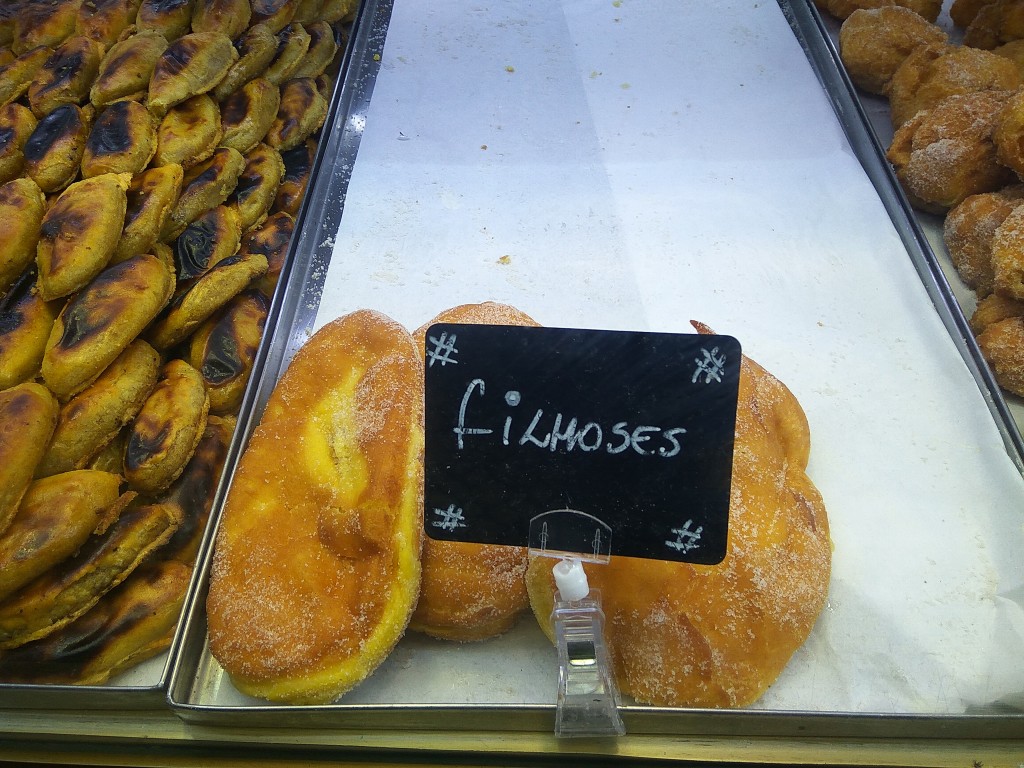
These sweets base on flour and eggs and can be stored in cans for weeks. Combined ingredients create a dough, that is then divided into smaller pieces, that they are deep-fried in oil. Before serving, filhóses are usually sprinkled with sugar and cinnamon.
How to make Filhóses? Check the recipe: Filhóses - recipe - How to make it - step by step.
Pastéis de Nata (Pastéis de Belém)
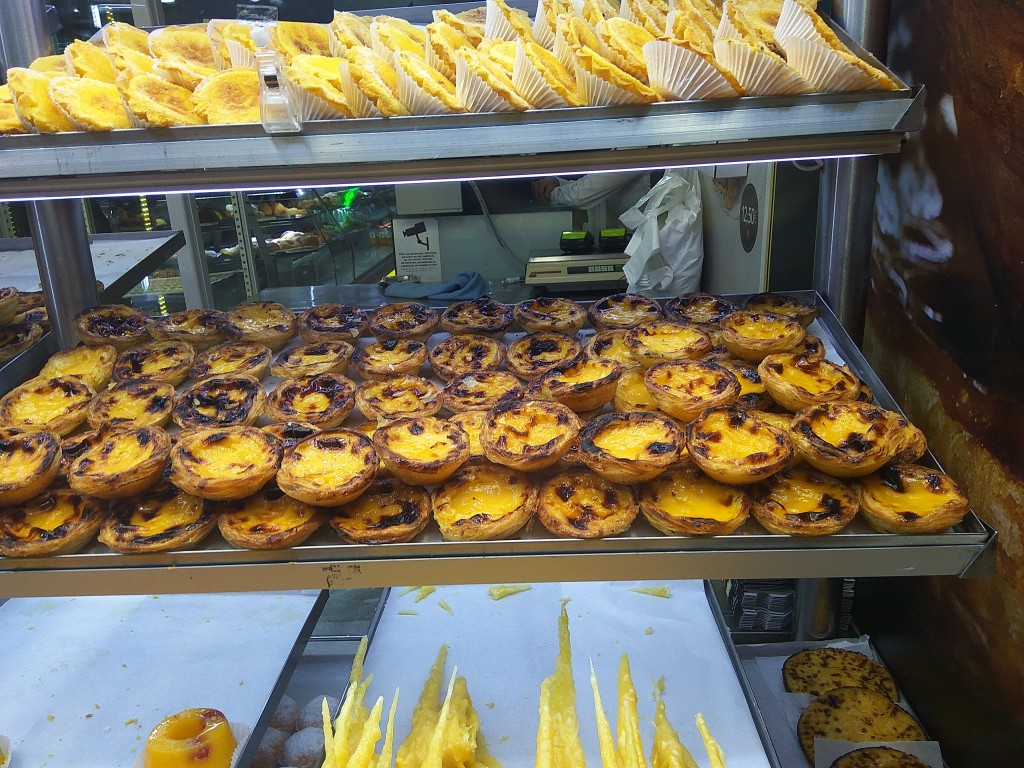
Pastéis de Nata is made of a dough similar to the phylo one, that is prepared from flour, butter or margarine and water. Pastéis de Belém are often served warm and sprinkled with sugar and cinnamon.
The history of Pastéis de Nata (or Pastéis de Belém) dates from over 200 years ago. It is believed that these traditional Portuguese sweets were introduced by monks from the Jerónimos Monastery (located in Belém in Lisbon). As monks were manufacturing a lot of waffles, they had plenty of egg yolks that were remaining after that production. These monks were also the only one that were working in the Belém Bakery, what means, the secret of this original Pastéis de Nata was known only to them. During the time being, due to the liberal revolution from 1920, these monks, had to flee from the monastery and in consequence, leave the bakery. This factory was overtaken by local people, and luckily one of the monks, that escaped from the monastery, met Domingos Rafael Alves. Alves was the owner of a big sugar refinery and interested by the monk’s recipe, he started producing Pastéis de Nata following this monks’ traditional instructions. From that moment on, Pastéis de Nata has been sold under the name of Pastéis de Belém.
Although the recipe is kept in secret, a lot of other bakeries all over Portugal and even over the world, are trying to imitate these traditional Pastéis de Nata (over 20000 of them is sold every day, while during weekends, this value is almost doubled!). It is known that main ingredients of Pastéis de Belém include sugar, milk and egg yolk, that are combined in a special way. It is believed that the secret lies not in the magical ingredient, but in the way Pastéis de Belém is produced. Some bakeries add to it lemon zest, cinnamon or vanilla too.
Pastéis de Belém conquered hearts of all people and finally in 2011 was enrolled on the list of Seven Wonders of Portuguese Gastronomy.
How to make Pastéis de Nata? Check the recipe: Pastéis de Nata (Pastéis de Belém) - recipe - How to make it - step by step.
Pingos de Tocha
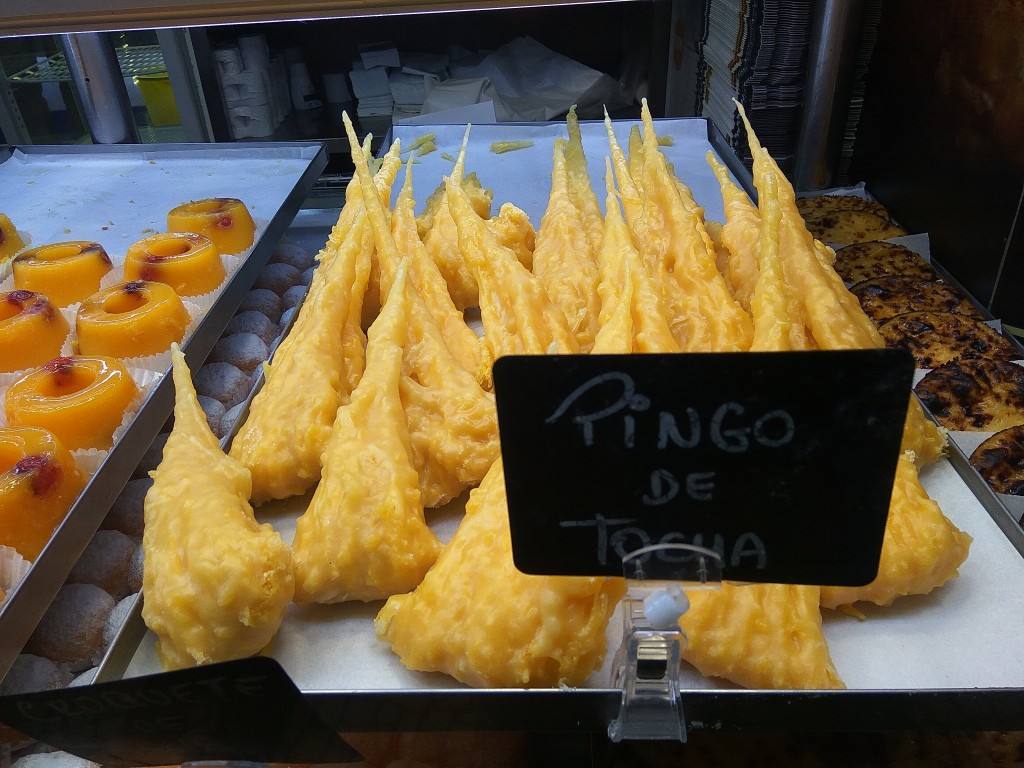
Pingos de Tocha are traditional sweets that are basically made from eggs and sugar. Their original recipe derives from monasteries from Douro region. Pingos de Tocha are fried sugar-based strings topped with whisked eggs.
Quindim
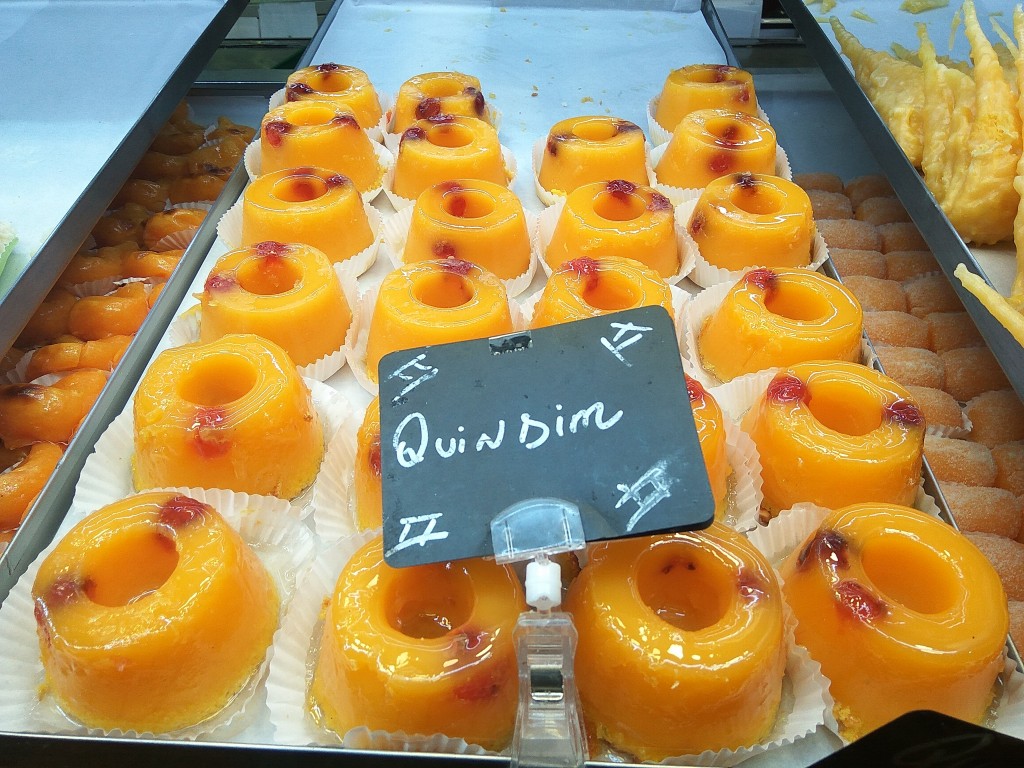
Quindims are typical sweets for the North of Portugal, but of course you can find them all over the country. As with almost all previous sweets, their tradition origins from monasteries. Apart from eggs and sugar that are used for making them, almonds are added too. That is the original recipe, that later was partially modified by replacing almonds with coconuts.
How to make Quindim? Check the recipe: Quindim - recipe - How to make it - step by step.
Sonhos

Sonhos are traditional Christmas sweets in Portugal. They are like donuts, but comparing to regular ones, they are smaller. Sonhos or Dreams as they are called, are deep-fried and sprinkled with sugar. Very often they are also rolled in cinnamon. Sonhos can stay for a couple of days without loosing their freshness. To guarantee that, make sure you fry them well. That would also let them keep their texture and shape. Apart from that, well fried Portuguese Dreams would not be over greasy and would taste perfectly even after a couple of days.
How to make Sonhos? Check the recipe: Sonhos - recipe - How to make it - step by step.
So, were your first guesses about Portuguese sweets correct? Or maybe you would like to find out something more about sweets in other countries? Check these posts about sweets and desserts around the world.
Date: 2020-01-13
Author: Beti – A passionate traveler and lover of Asian cuisine, especially Thai and Japanese dishes, Bernadeta brings her culinary and cultural experiences to life in her writing. Beyond her travels, she’s an avid technology enthusiast with a deep interest in data processing, merging her love for exploration with analytical insights.
Photographer: Adalbert – An aficionado of computers and photography, Adalbert captures the essence of diverse cuisines with a discerning eye. A connoisseur of rich flavors and particularly fond of meat-based dishes, he combines his technical skills with his passion for the culinary arts in every shot.









